Composting Pine Needles – A Beginners Guide
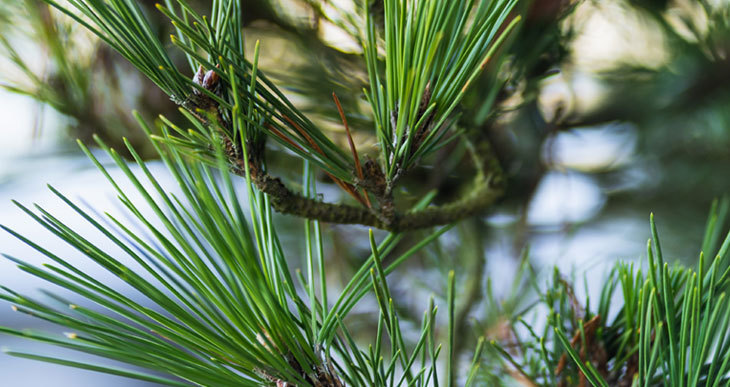
I have a huge pine tree in my backyard. It’s a very majestic thing and I love it. But when I got interested in composting, I naturally began to wonder whether I could compost all the pine needles scattered under the tree. After all, not all plants can grow under conifer trees, so it made me wonder what effect pine needles would have on my compost.
So can you compost pine needles? The short answer is yes, but within limits. A recommended level for pine needles in a compost heap is no more than 10%. Pine needles decompose very slowly and should be mixed with a good variety of other composting material for best results.
Whether or not to use pine needles in your compost is a bit of a prickly question! Most compost is naturally alkaline. But pines are known to be acidic. So, given the acidic nature of pine needles, how do you use them in compost without having a negative effect on your garden plants ?
Can you compost pine needles?
Composting can get a bit complicated at times, but after a while you tend to find you add the same kind of things to your compost bin – it depends on what you find in your backyard or in your neighborhood. But if pine trees are in abundance near you, it’s a good idea to know how to deal with them. After all, they can potentially provide a continuous source of organic matter.
There’s a bit of a misconception that pine needles cause soil to become acidic. Pine needles, especially when green and fresh, are indeed acid (they have a pH of between 3.2 and 3.8). But in reality they lose their acidity over time when fallen from the tree and left to decompose.
For those of you who didn’t pay attention during science class (yep… guilty), here’s a quick reminder: pH is a measure of relative acidity and generally ranges between 1 and 14. A low pH is considered acidic and a high pH is alkaline. Water for example has a neutral pH of 7, right in the middle of the pH scale.
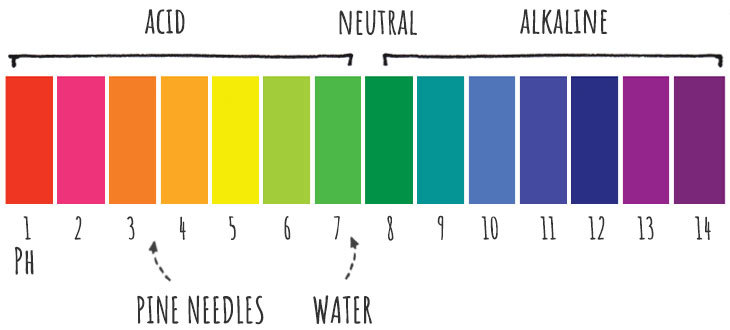
The general fear is that compost made out of pine needles tends to be slightly acidic and that this can have an effect on your plants when you make use of it (Most plants are happy in soil which has a neutral pH). However, tests have shown that naturally decomposed pine needles at the bottom of years of layers of pine straw mulch becomes more and more neutral over time, ending up with a fairly neutral pH of between 5.6 – 6.0.
It’s therefore safe to assume that you can use pine needles in your compost bin without the results having adverse effects on your garden.
Did you know: Some gardeners create special compost piles for acidic feedstocks such as conifer leaves and bracken (feedstocks is just a term for whatever you throw in your compost bin). If you have very large quantities of evergreen plants you may consider trying this. The resulting compost is said to be slightly acidic and therefore good for « lime-hating » plants These are known as ericaceous plants, and include Rhododendron, Camellia, and Azalea.
Do pine needles make good compost ?

Unlike deciduous trees, evergreens shed their needle shaped leaves continuously throughout the year. The needles are resinous and have a waxy coating which helps protect them against the cold during winter. The fallen needles dry out, and decay over a long period of time.
Compost is all about decomposition. You want the things you put in your bin to rot in order to make rich nutritious compost. And most people want this to happen relatively quickly.
To make successful compost you need to reunite three main components.
- A sufficient level of moisture
- An adequate structure for oxygenation
- A good mix of green and brown feedstocks
Moisture is necessary so that the bacteria responsible for decomposition can feed correctly.
Good structure, and correct density, means that air can circulate through the compost. The composting microbes need oxygen to do their job properly.
Finally, compost needs a good variety of organic waste material which can be broadly divided into two types: “greens” and “browns”. Green feedstocks are anything which has a good moisture content, is quick to decompose, and contains higher levels of nitrate. Browns have a higher carbon content, take a longer time to decompose, and help provide structure to the compost. A balanced mix of green and brown feedstocks is required for good composting.
So how do the characteristics of pine needles stand up to these three important components?
- They have a low moisture level
- A relatively poor structure
- Can be considered as brown feedstock
Browns are generally considered good for adding structure to compost. Because they break down very slowly, browns tend to maintain their form and help introduce oxygen into the compost by improving air circulation. When decomposed, browns contribute the humus part of the soil structure which helps to retain moisture and nutrients. But the shape of pine “leaves” does little to improve the structure of compost. The needles are easily compacted under the weight of other composting materials and don’t really provide any air pockets.
That being said, it’s clear that the acid nature of pine needles should have little effect on the resulting acidity of compost. Even if you use green or freshly fallen pine needles, they lose their acidity and become fairly neutral after approximately three weeks. Older pine needles continue to reduce in acidity over time.
If you’re still wondering why plants have difficulty growing under conifer trees, it’s not because the soil is acidic. It’s commonly thought that this is because evergreens have shallow root structures close to the ground, which means that other plants would have to compete for moisture and nutrients. Also the shaded area under the tree makes it challenging for other plants to thrive.
It’s true that soil pH is critical to the health of plants. Different plants enjoy different levels of acidity or alkalinity. But if you’re worried about pH levels in your compost you can easily monitor this using a soil pH meter (This one on Amazon is easy to use and also measures moisture levels)
Guidelines for using pine needles in compost
- Use only small amounts of needles. Approximately 10% of your overall compost composition is a good rule of thumb.
- Mix pine needles with green feedstocks to achieve more effective composting.
- If you have large amounts of pine needles, consider composting them apart in a dedicated compost bin.
- Be careful about contamination if the pine needles come from an unknown source (for example a gift from a neighbor or from a nearby park). If they’ve been swept up from the roadside, they could contain heavy metals, and if they originate from a park, be sure they don’t contain dog droppings which contain harmful germs.
- If composting large fresh branches, break them down first into smaller parts using pruners. For a quick and easy solution use a wood chipper / shredder (this one is great value and ideal for small yards)
On the whole there’s nothing wrong with composting pine needles. If used within reason you will still obtain good quality compost. They will take longer to break down and decompose, but they still add useful nutrients and contribute to the variety of your composting feedstocks.
Alternatively you can use them as mulch to help suppress weeds, or collect them for use as kindle when starting a fire. And of course you could simply leave them under the conifer tree where they condition the soil and help protect the trees root system.


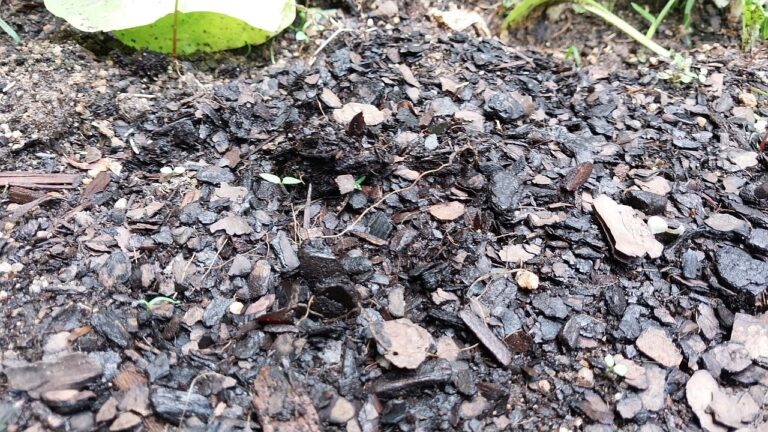

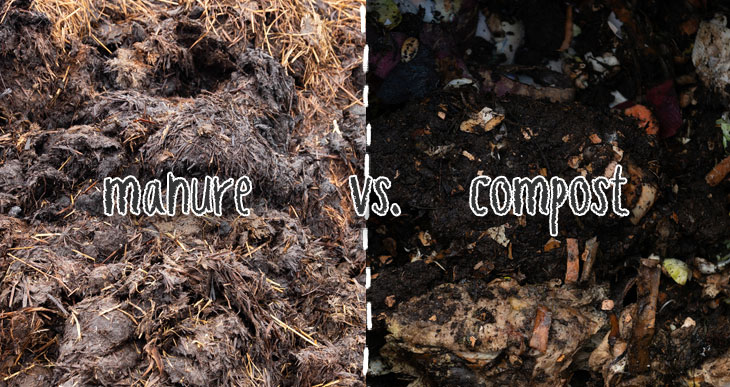
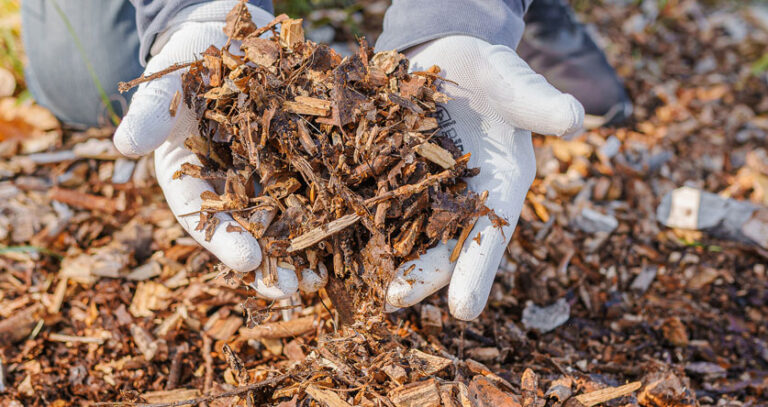

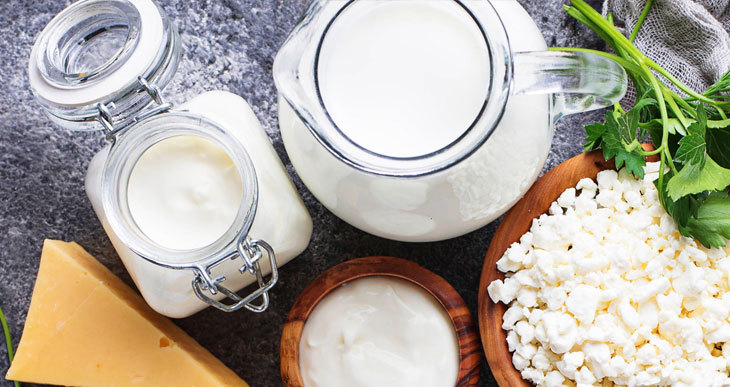
I have a compost pile from a few weeks ago that is mostly pine straw, I have been adding pounds of coffee grounds every couple days but the temperature doesn’t increase that much, is it possible I have too much pine straw?
Hi Alexander
It’s possible that the pine straw is slowing down the composting process. Pine needles are acidic and can take longer to break down. Try adding more balanced materials like kitchen scraps or leaves. Balance is key for a hotter compost!